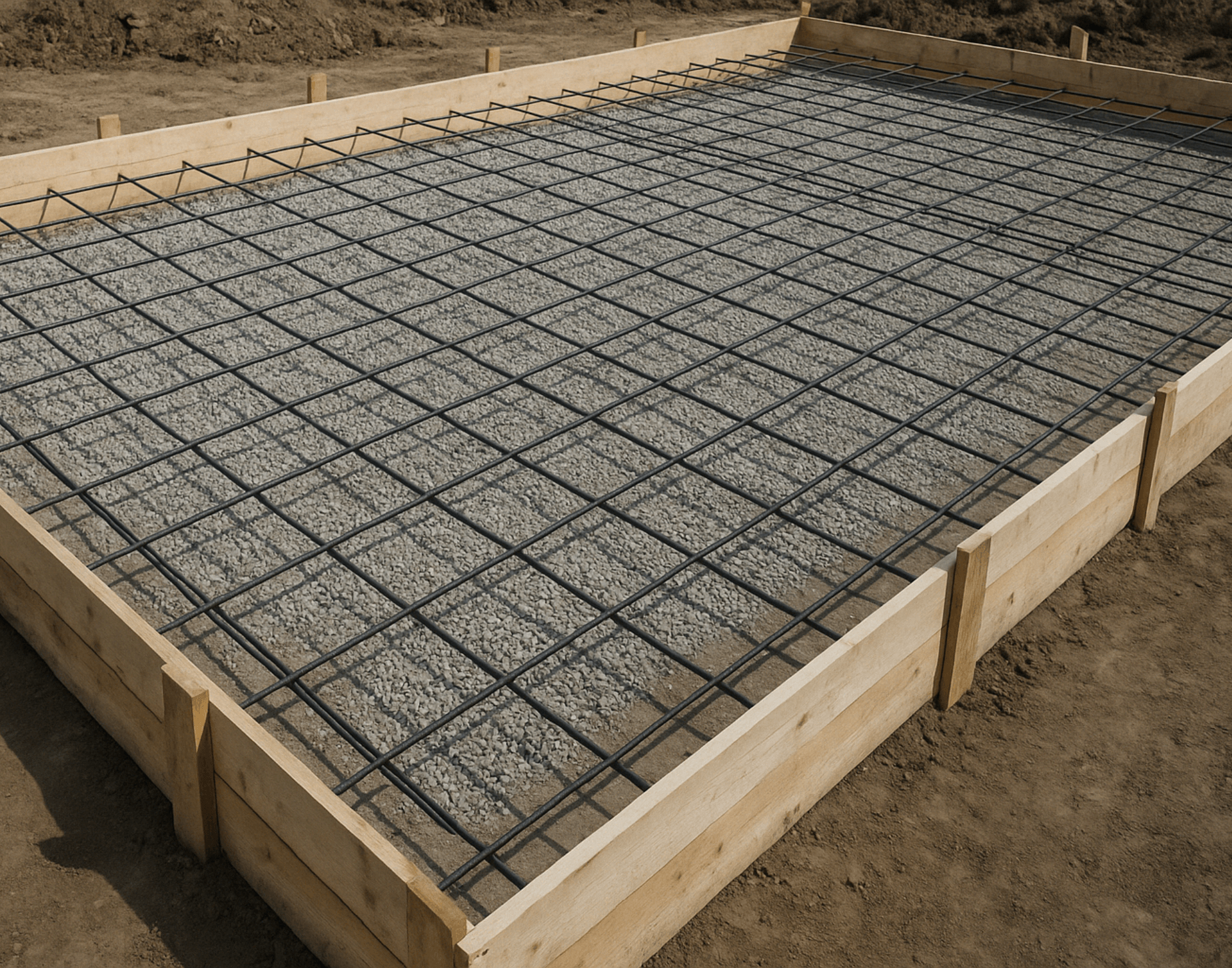Shocking Concrete Demolition Facts
For Shocking Concrete Demolition Facts, see our main page here or call us at (+1) 918-378-8684. While concrete demolition might seem straightforward, it’s full of unexpected details that affect safety, timeline, and cost. Before you tear out a slab, walkway, or structure, there are several critical facts you should know.
Concrete Doesn’t Break Easily
Concrete is engineered to last for decades. Therefore, tearing it out isn’t just about swinging a sledgehammer. It often requires saw cutting, jackhammers, or even heavy machinery like excavators with hydraulic breakers. In addition, some slabs include steel rebar or mesh that must be cut separately. So, the process is more technical than most people expect.
Demolition Costs Can Vary Wildly
One of the most shocking facts is how unpredictable concrete demolition costs can be. For instance, a 500 sq. ft. patio may cost $1,000–$3,000 to remove depending on thickness, location, and whether there’s reinforcement. Moreover, accessibility and disposal fees significantly influence the final price. Consequently, getting a professional estimate is essential to avoid budget surprises.
Disposal Isn’t Just Dumping It
Old concrete doesn’t just disappear. In other words, disposal adds both time and cost. For example, local regulations may require concrete to be hauled to specific recycling centers, not just landfills. Hauling fees, fuel surcharges, and environmental rules all play a role. In the same vein, some counties have weight restrictions that limit how much can be hauled at once, requiring multiple trips.
Underground Hazards Are Real
Many concrete slabs cover hidden utilities like gas lines, water pipes, or electrical conduit. Cutting into these accidentally can cause major damage—or serious injury. That’s why professional demolition teams always call for utility marking first. Above all, safety comes from planning and precision, not guesswork.
Reinforced Concrete Changes Everything
Demolishing standard concrete is tough. But reinforced concrete—especially slabs with rebar—requires extra steps. For example, rebar needs to be torch-cut or mechanically pulled after breaking up the slab. This often doubles the labor and increases the chance of delays or equipment wear. Therefore, knowing what’s inside your slab is key before starting.
It’s Often Loud, Dusty, and Disruptive
Concrete demolition generates dust clouds, flying debris, and high-decibel noise. Consequently, containment, ventilation, and hearing protection are required for crews. If it’s happening near an occupied building or business, timing and communication become even more important. In short, this work affects more than just the job site.
Permits May Be Required
Surprisingly, some municipalities require permits for demolition—even on private property. This includes environmental impact forms or waste management plans. Failing to get proper approvals can result in fines or delays. To clarify, always check local regulations before starting any concrete removal project.
Hiring the Right Team Makes All the Difference
Amateur demolition can be dangerous and expensive. In contrast, a trained crew uses the right equipment, follows safety protocols, and completes the job quickly. Most importantly, professionals help you avoid surprises—both structural and financial. That’s why choosing a licensed, experienced contractor is the smartest move.
FAQ
Q: Is concrete demolition safe to DIY?
A: Not usually. It requires special tools, permits, and safety procedures to do safely and efficiently.
Q: Can I reuse broken concrete?
A: Yes! Many projects recycle broken concrete as gravel or base material for new pours.
Q: How long does demolition take?
A: Most residential slabs take 1–2 days, but larger jobs or reinforced concrete may take longer.
Q: What’s the average cost per square foot?
A: Rates range from $2–$8 per square foot depending on conditions and materials involved.
This article was created with the assistance of AI tools and reviewed by our team at Inside Out Concrete Inc to ensure accuracy and relevance.
Follow us on Facebook here.


